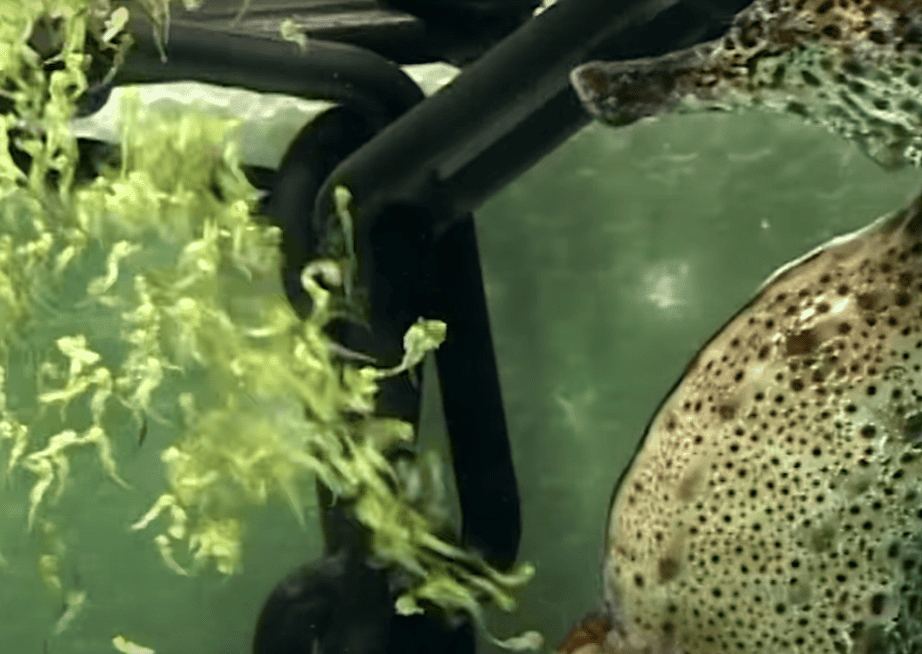Ever wondered how seahorses give birth? Well, today we are going to be uncovering how they reproduce. To start things off, it is the male that gives birth! He holds the eggs in his pouch until they are ready to be released into the open sea. So, join us as we explore this rare phenomenon of the male seahorse that gives birth to thousands of offspring.
Male Pregnancy
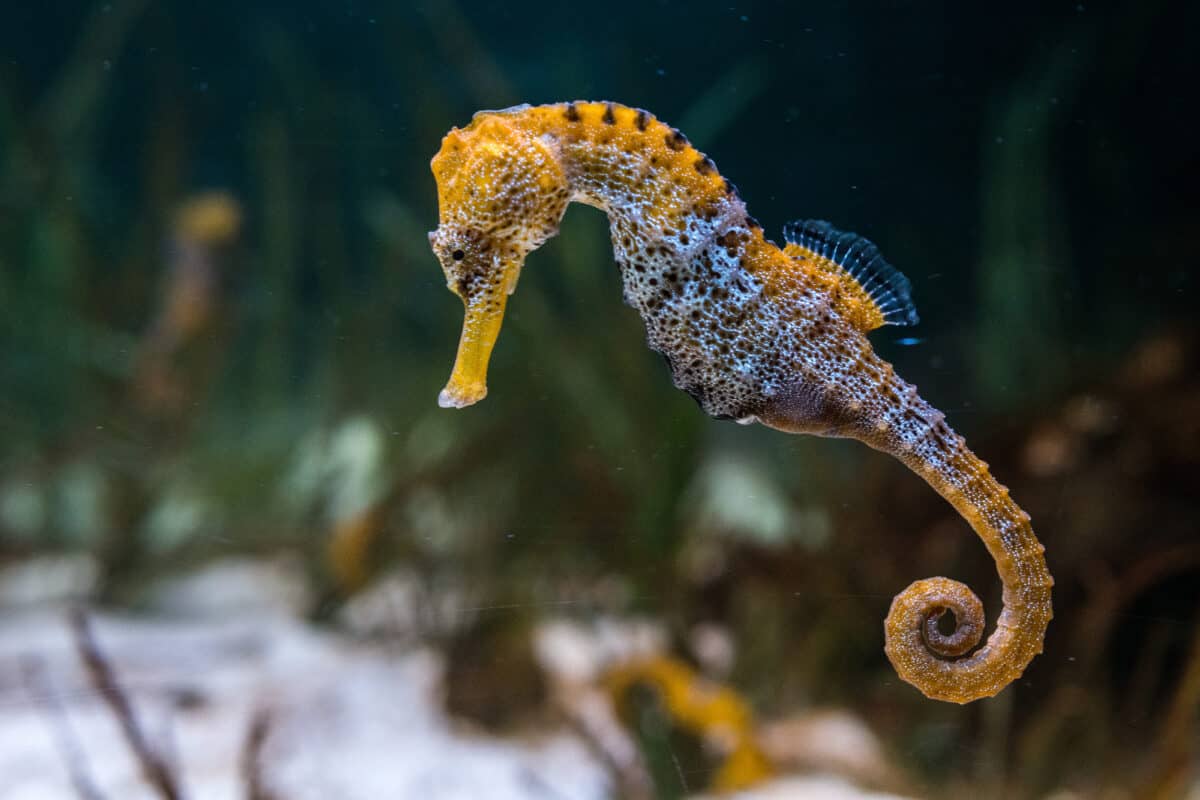
Male seahorses possess a unique reproductive trait. They get pregnant and give birth. A phenomenon so rare in the animal kingdom. The male’s brood pouch provides an environment for the developing embryos. The pregnancy lasts from 10 days to several weeks.
How Females Transfer Eggs to Males

Female seahorses deposit their eggs into a the pouch on the male’s abdomen during a courtship dance. This transfer of eggs happens through a tube-like structure called an ovipositor. Then once inside the male’s pouch, the eggs are fertilized by the male’s sperm. This starts the journey of embryonic development.
Fertilization Within the Male
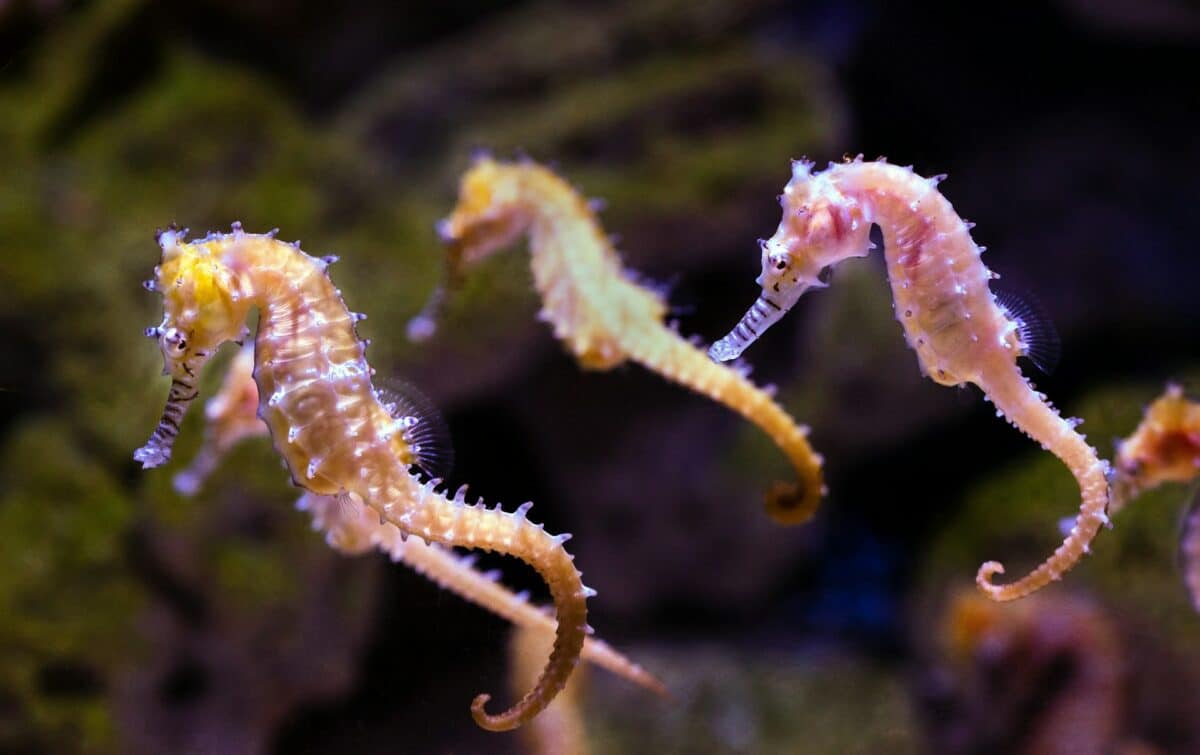
After the female transfers her eggs into the male’s brood pouch, fertilization then takes place internally. The male’s pouch provides a protected environment for the eggs to develop. This allows for direct contact with the male’s vascularized pouch lining. This facilitates gas exchange and nutrient transfer to support embryonic growth. This unique method of fertilization within the male’s pouch sets seahorses apart from most other marine species.
Seahorse Birth
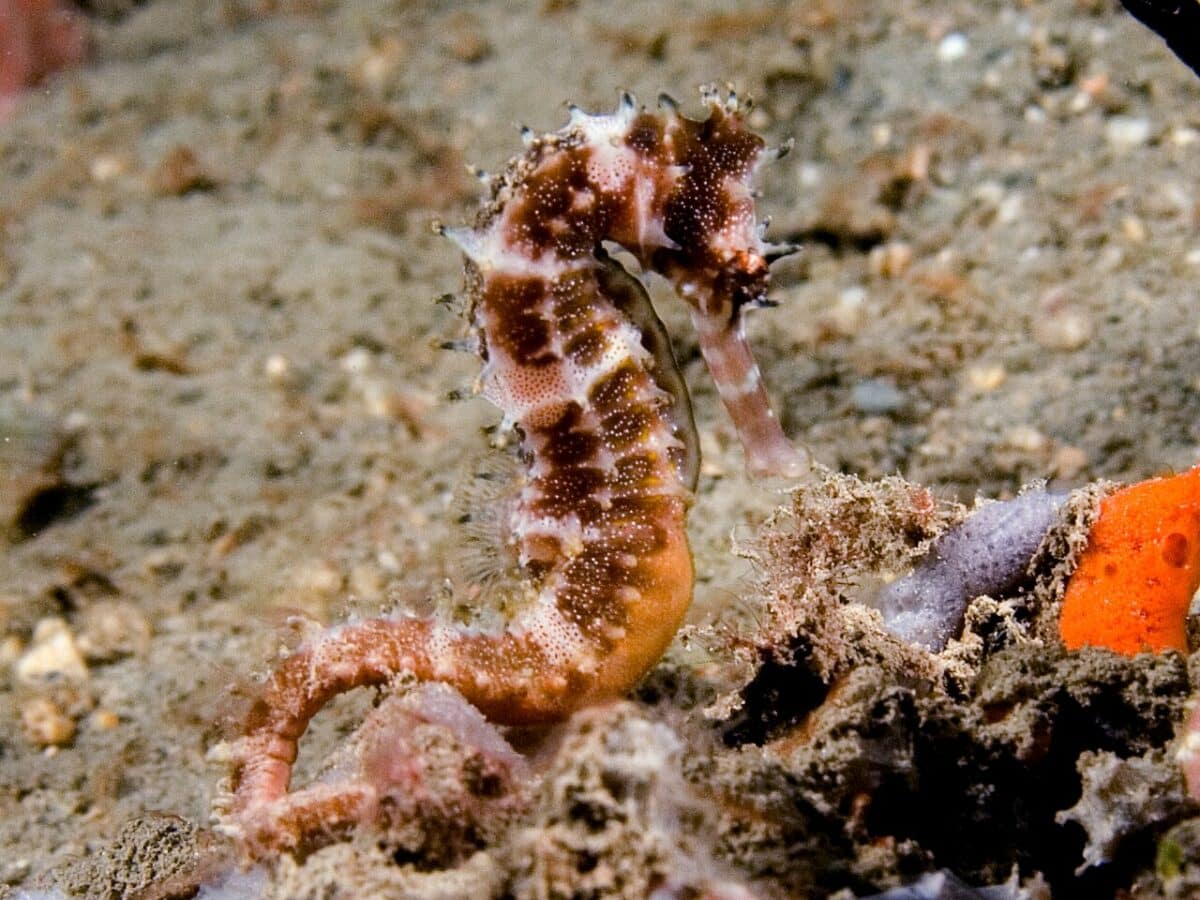
Parturition is the birthing process of seahorses. It is when the male undergoes labor-like contractions to give birth to fully developed pouch into the surrounding water. Each newborn seahorse is born fully formed and is already able to swim and feed independently.
Bottom Line
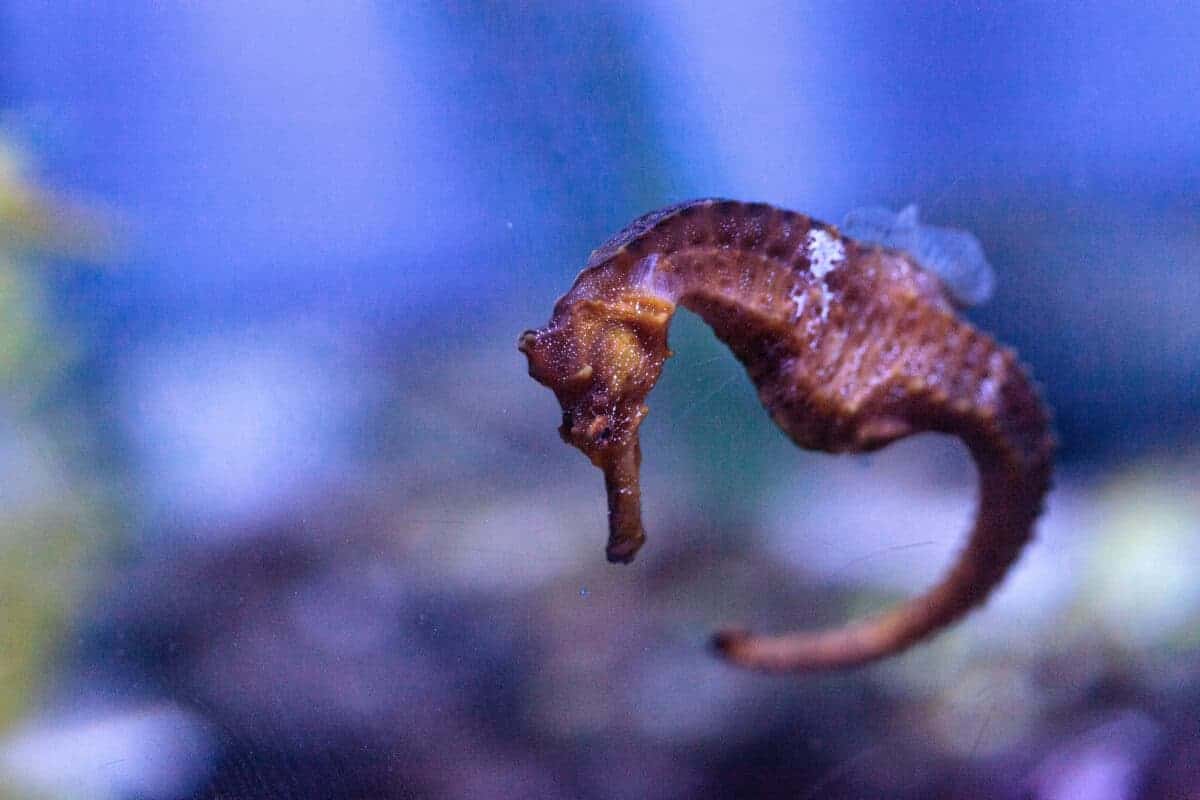
Overall, this process is extremely rare within the animal kingdom and is an amazing sight to see. This article just proves to us that no matter how small an animal might be, every animal is amazing and important in its own way. Furthermore, contributing to our ever evolving ecosystem called life.
If you enjoyed this article, check out our related article links below for more!
Next up:
Join our Forum for free today!

- Huge Pet Bison Breaks Into House - July 22, 2024
- Giant Black Bear Surprises Beachgoers by Emerging from the Ocean in Florida - July 22, 2024
- Brave Man Plays Instrument While Huge Bear Caresses His Shoulder - July 22, 2024

